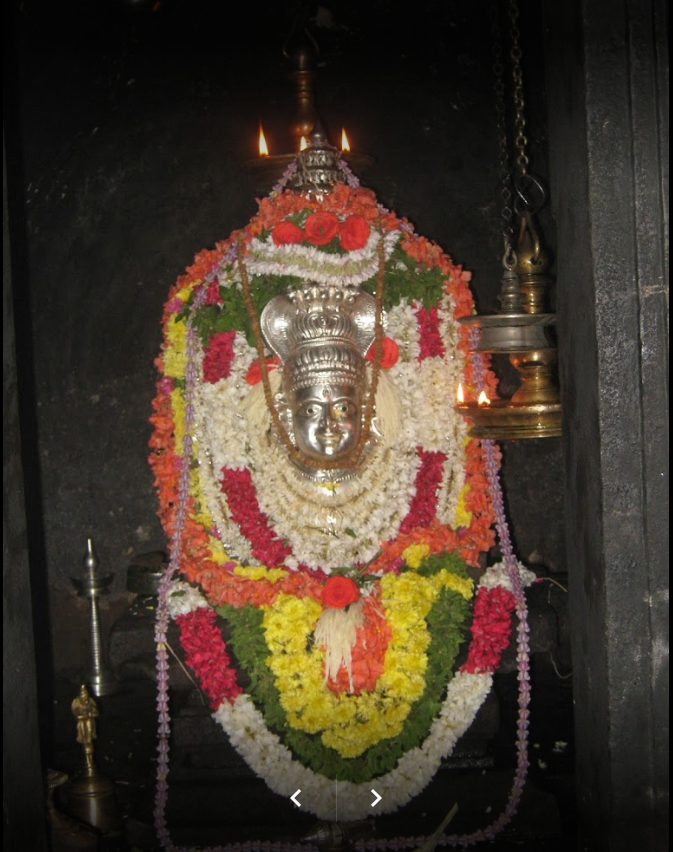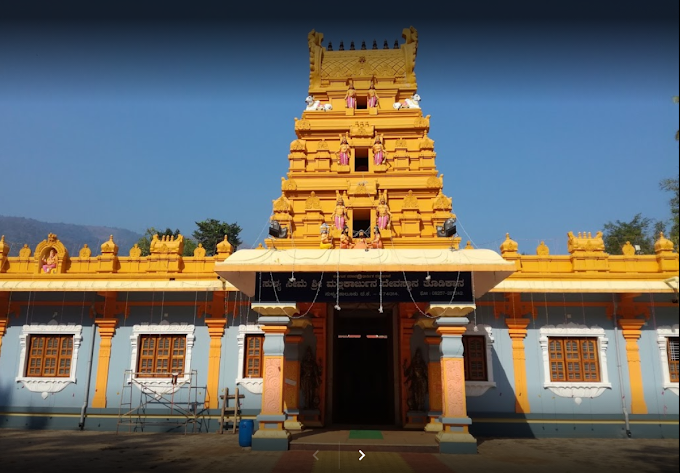About
History
The Mangueshi temple or the Manguesh Devasthan is perhaps the most famous of all Goan temples. It is located at Priol in Ponda taluka, about 21 kilometers from the capital city of Panaji. The surrounding area is known as Mangueshi.
In ancient times the temple was located at Kushasthali (presently known as Cortalim). During the Portuguese Inquisition, a number of Hindu temples were destroyed in Goa.
[read more=”Read more” less=”Read less”]
To avoid a similar fate, the devotees of God Manguesh removed the linga (symbol of Lord Shiva) from the original temple and transferred it in the middle of the night to the present location at Priol which was under the control of Adil Shah.
The shifting of the deity took place in the year 1560. The area surrounding the temple was given to the temple by Ramchandra Sukhtankar an important officer in the Court of the Peshwas after obtaining it from the Raja of Soundem.
Since the time of shifting, the temple was rebuilt and renovated twice during the reign of the Marathas and yet another time in the year 1890. The final renovation occurred in the year 1973 when a golden kalash (holy vessel) was fitted atop the tall dome of the temple.
There is a fascinating legend attached to the name of the Lord Manguesh, who is an incarnation of Lord Shiva. The name Manguesh is not used for Lord Shiva anywhere else in India. The ancient legend states that Lord Shiva once lost everything he had in a game of dice with his wife Parvati. He decided to go into self-imposed exile and arrived in Goa.
Parvati, unable to stay without Lord Shiva for long, came looking for him in the jungles of Goa. Lord Shiva decided to play a prank to frighten her and disguised himself as a tiger which attacked her. Parvati cried out for help in terror, ‘Trahi Mam Girisha’ (O Lord of Mountains Save Me).
Lord Shiva immediately turned himself back into his normal form and the two were united. But the cry for help and the words ‘mam girisha’ became associated with Lord Shiva. In the course of time the words abbreviated to Manguirisha or Manguesh by which name he is known today.
A linga which was left to mark the place where the legend occurred was discovered by a local shepherd and eventually a temple was built to house Lord Manguesh.
The temple architecture is a mix of Hindu, Christian and Muslim influences and is lit up in magnificent lights during the annual Jatra which is held in January. The deity is taken out in a palanquin and paraded in huge chariots during the festival which is attended by thousands of devotees.
Source : https://www.goa.gov.in/places/mangueshi-temple/
















